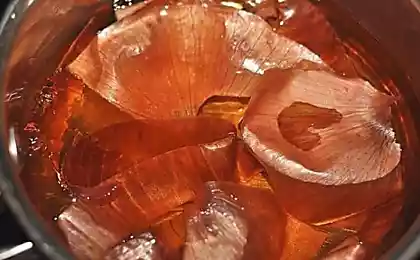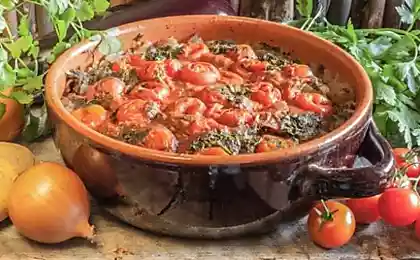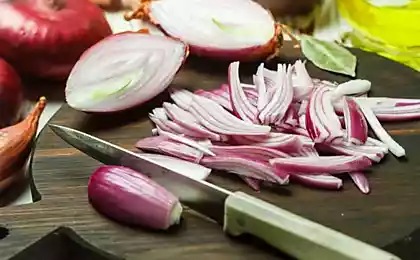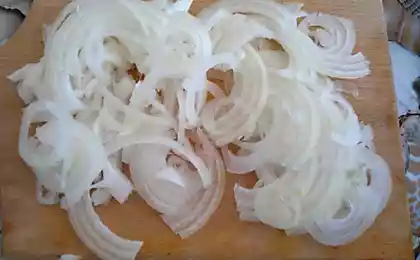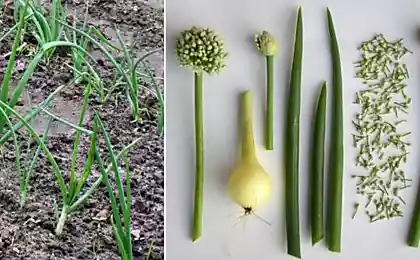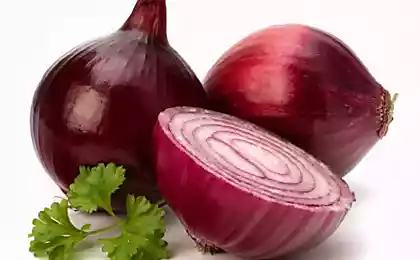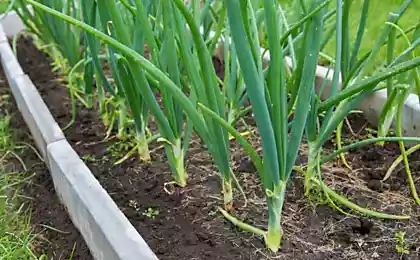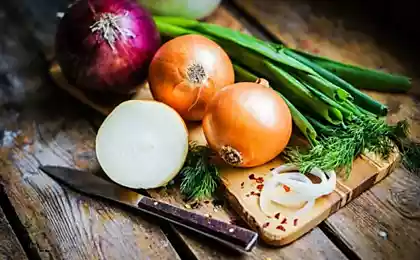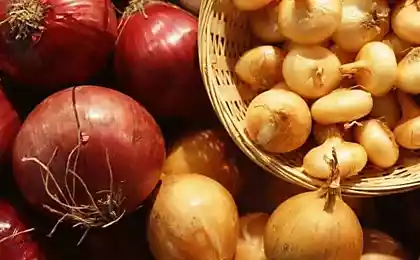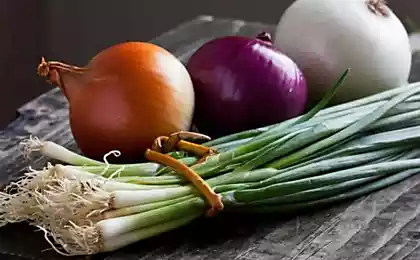360
Prevention of bacterial rot of onion
Wet bacterial rot of onion
Pathogens wet bacterial rot of onion affecting many types of vegetables, in particular garlic, carrot, cucumber, tomato, cabbage, beans, melons, etc. Therefore, the important role played by proper crop rotation. Onions be sown after these cultures is not recommended, and could be returned to the previous place in 3-4 years.
The source of infection is wet rot are naberegniye harvest residues that should be removed from the field or repaired deep into the soil.
Before boarding the testes carried out a thorough overhaul of the bulbs with culling of affected seed as the main source of infection.
For the timely and full aging high-quality bulbs strictly adhere to the recommended agro-technologies for cultivation of specific varieties (optimal timing and density of sowing, balanced dose of mineral fertilizer, moderate watering plants, etc.).
Collect the onions in dry weather, in the period of mass yellowing of the leaves. It is important to exclude mechanical damage of the bulbs. Dried directly on the sheets cut at a height of 3-5 cm from the bulb. Premature or close to the onion leaf removal promotes easy penetration of infection and the development of rot during storage. When harvesting in wet weather the bulbs are dried in ventilated rooms heated.
Storage select only healthy, ripened, dry bulbs without mechanical damage. The storage should be cleared from residues and disinfected. The optimum temperature for storage of onions – 1...3°C and relative humidity of 75-85%. A layer of bulbs should not exceed 0.5 m. the Storage of onions at elevated temperature and humidity increases the development of wet rot.
During storage systematically analyze the follicles on the affected by the disease. In identifying individual lesions should be immediately sort out the crop and remove the affected bulbs. published by P. S. And remember, only by changing their consumption - together we change the world! ©
Source: vk.com/rodnaya_dacha?w=wall-92403104_3664
Pathogens wet bacterial rot of onion affecting many types of vegetables, in particular garlic, carrot, cucumber, tomato, cabbage, beans, melons, etc. Therefore, the important role played by proper crop rotation. Onions be sown after these cultures is not recommended, and could be returned to the previous place in 3-4 years.

The source of infection is wet rot are naberegniye harvest residues that should be removed from the field or repaired deep into the soil.
Before boarding the testes carried out a thorough overhaul of the bulbs with culling of affected seed as the main source of infection.
For the timely and full aging high-quality bulbs strictly adhere to the recommended agro-technologies for cultivation of specific varieties (optimal timing and density of sowing, balanced dose of mineral fertilizer, moderate watering plants, etc.).
Collect the onions in dry weather, in the period of mass yellowing of the leaves. It is important to exclude mechanical damage of the bulbs. Dried directly on the sheets cut at a height of 3-5 cm from the bulb. Premature or close to the onion leaf removal promotes easy penetration of infection and the development of rot during storage. When harvesting in wet weather the bulbs are dried in ventilated rooms heated.
Storage select only healthy, ripened, dry bulbs without mechanical damage. The storage should be cleared from residues and disinfected. The optimum temperature for storage of onions – 1...3°C and relative humidity of 75-85%. A layer of bulbs should not exceed 0.5 m. the Storage of onions at elevated temperature and humidity increases the development of wet rot.
During storage systematically analyze the follicles on the affected by the disease. In identifying individual lesions should be immediately sort out the crop and remove the affected bulbs. published by P. S. And remember, only by changing their consumption - together we change the world! ©
Source: vk.com/rodnaya_dacha?w=wall-92403104_3664
